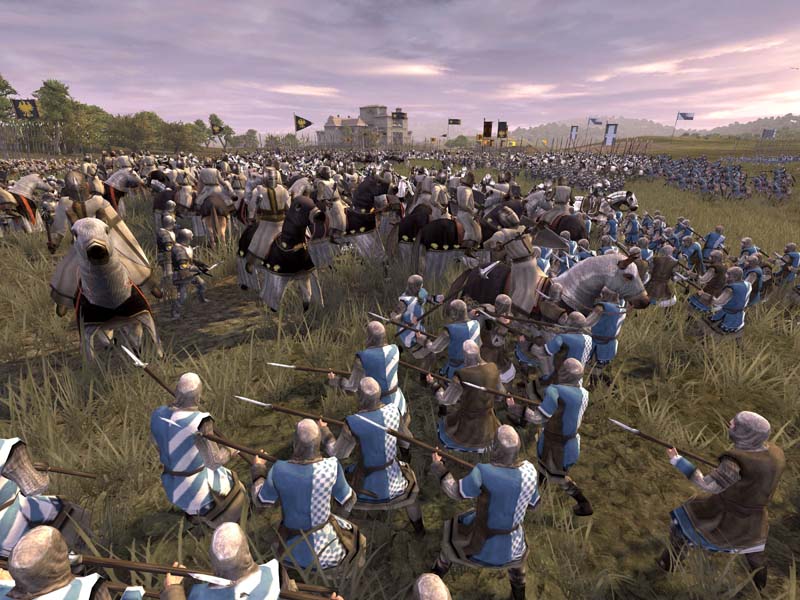


The threat comes in the form of the mighty Egyptian Sultan to the South, although the Turks will also need to fortify their position against the enemies to the West, the Byzantine Empire. A strong starting point which means the Turks are well-positioned to move their forces South to conquer the Middle East, and with it the Holy Land. After all, how likely is it that an even more fierce and formidable race of nomadic warriors sweep down from the steppes? Campaign Strategy The early Turkish empire consists of four provinces - towns at Iconium and Yerevan and castles at Caesarea and Mosul. So long as the Turks manage to combine their new system of centralised government with their innate abilities as mounted warriors, then their position in this corner of the world looks most secure. It would also be foolish to believe that the Fatimid dynasty in Egypt will be content to simply overlook the fertile banks of the Nile - They are just as well placed to seize control of all of the Holy Lands. To expect Byzantium to underestimate Turkish forces after the slaughter of Manzikert would be folly, and it can be taken as given that they will attempt to regain control of Anatolia. In the foreseeable future, arrogance and complacency are likely to be the biggest threats to the mighty Seljuq Empire. Considering they have relied upon their natural skill at mounted combat and guerrilla warfare for centuries, the Turks have already shown incredible talent at governing a vast empire from a single throne. Traditionally a nomadic people, they have at last adopted a system of centralised rule to form the Seljuq Empire. Settling down has been the Turks' secret to asserting their dominion.

Having seized control of the Abbasid Caliphate from the Buyids, and utterly crushed the Byzantines at Manzikert, the Turks have restored unity to the eastern Islamic region - making them arguably the greatest power Arabia or Persia has seen for centuries. The Turks The Turks may very much be relative newcomers to both Anatolia and the Holy Lands, but the impact that they have had upon these realms since they migrated from the steppes east of the Caspian has been profound enough to shake the pillars of the oldest and mightiest neighbouring dynasties. So learn all you can about the Turks this week and look for more to come in the future. This weeks is especially cool, so make sure to check it out when you're done reading.
#Medieval total war 1 byzantine infantry movie
We've already taken a look at the Russians, Byzantine Empire, and Sicilians so make sure to check that out if you haven't.Īlong with all of the detailed info regarding the different units available to each faction, several screens and a gameplay movie showing off the featured faction are ready for viewing. Medieval II: Total War has a large number of factions and units to contend with so there's a lot of information to go over.
#Medieval total war 1 byzantine infantry series
While not designed for melee, Byzantine Guard archers are competent in it, unless against heavy infantry or cavalry of any sorts.For the last few weeks and for a couple more before SEGA and Creative Assembly release the next installment of the brilliant Total War series of strategy games, we're presenting information about the units in many of the factions found in the game. They are also protected by mail armour, meaning they have at least some resistance to missiles.

They have the special ability of fire arrows, allowing them to unleash a volley of fiery hell upon the enemy. They are superior to the other missile units available to the Byzantine Empire in both melee and missile stats. Also equipped with a sword and wearing mail, the Guard Archers can withstand more combat than many other missile units.īyzantine Guard Archers are the best non-cavalry missile unit available to the Byzantine Empire. Skilled in the use of the composite bow, these troops issue a challenge to all Byzantium's enemies at range. Byzantium Guard Archers are well trained missile troops equipped with composite bow, sword, mail and a shield.īyzantine guard troops are financed by the Emperor himself and unlike many Byzantine units consist purely of Greek troops.


 0 kommentar(er)
0 kommentar(er)
